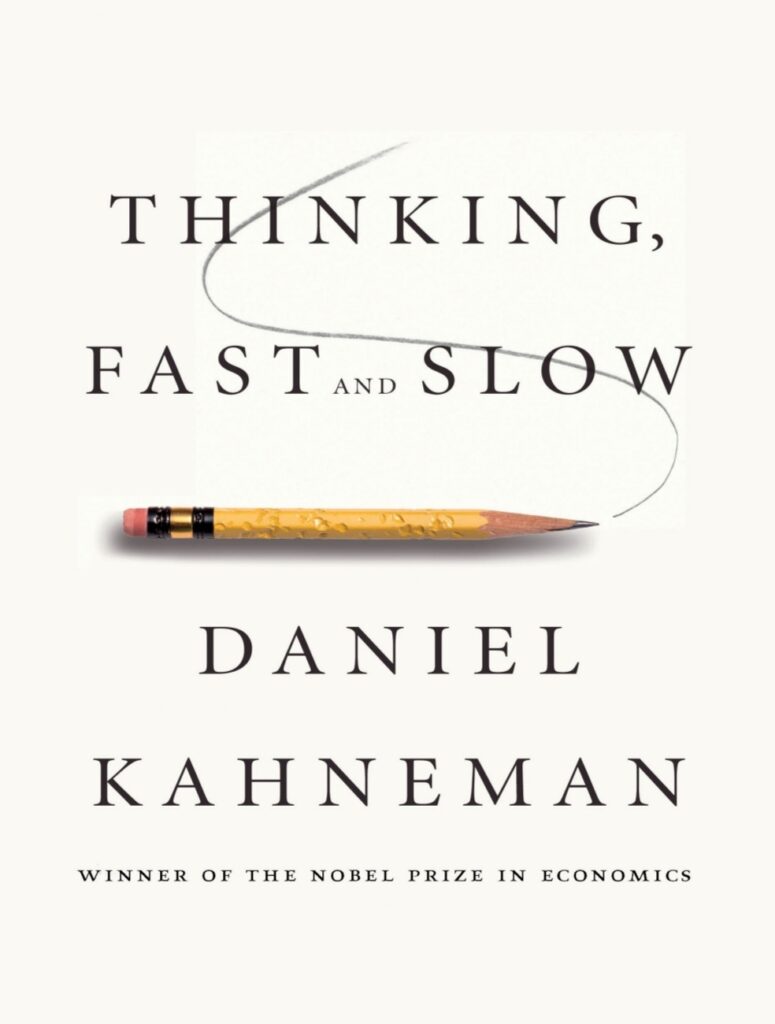THINK FAST AND SLOW

INTRODUCTION
Every author, I suppose, has in mind a setting in which readers of his or her work could benefit from having read it. Mine is the proverbial office water cooler, where opinions are shared and gossip is exchanged.
I hope to enrich the vocabulary that people use when they talk about the judgments and choices of others, the company’s new policies, or a colleague’s investment decisions. Why be concerned with gossip?
Because it is much easier, as well as far more enjoyable, to identify and label the mistakes of others than to recognize our own.
Questioning what we believe and want is difficult at the best of times, and especially difficult when we most need to do it, but we can benefit from the informed opinions of others. Many of us spontaneously anticipate how friends and colleagues will evaluate our choices; the quality and content of these anticipated judgments thereforematters.
The expectation of intelligent gossip is a
powerful motive for serious self-criticism, more powerful than the New Year resolutions to improve one’s decision-making at work and home. To be a good diagnostician, a physician needs to acquire a large set of labels for diseases, each of which binds an idea of the illness and its
symptoms, possible antecedents and causes, possible developments and
consequences, and possible interventions to cure or mitigate the illness.
Learning medicine consists in part of learning the language of medicine. A
deeper understanding of judgments and choices also requires a richer vocabulary than is available in everyday language.
The hope for informed gossip is that there are distinctive patterns in the errors people make. Systematic errors are known as biases, and they recur predictably in particular circumstances. When the handsome and confident speaker bounds onto the stage.
for example, you can anticipate that the audience will judge his comments more favourably than he deserves. The availability
of a diagnostic label for this bias—the halo effect—makes it easier to anticipate, recognize, and understand.